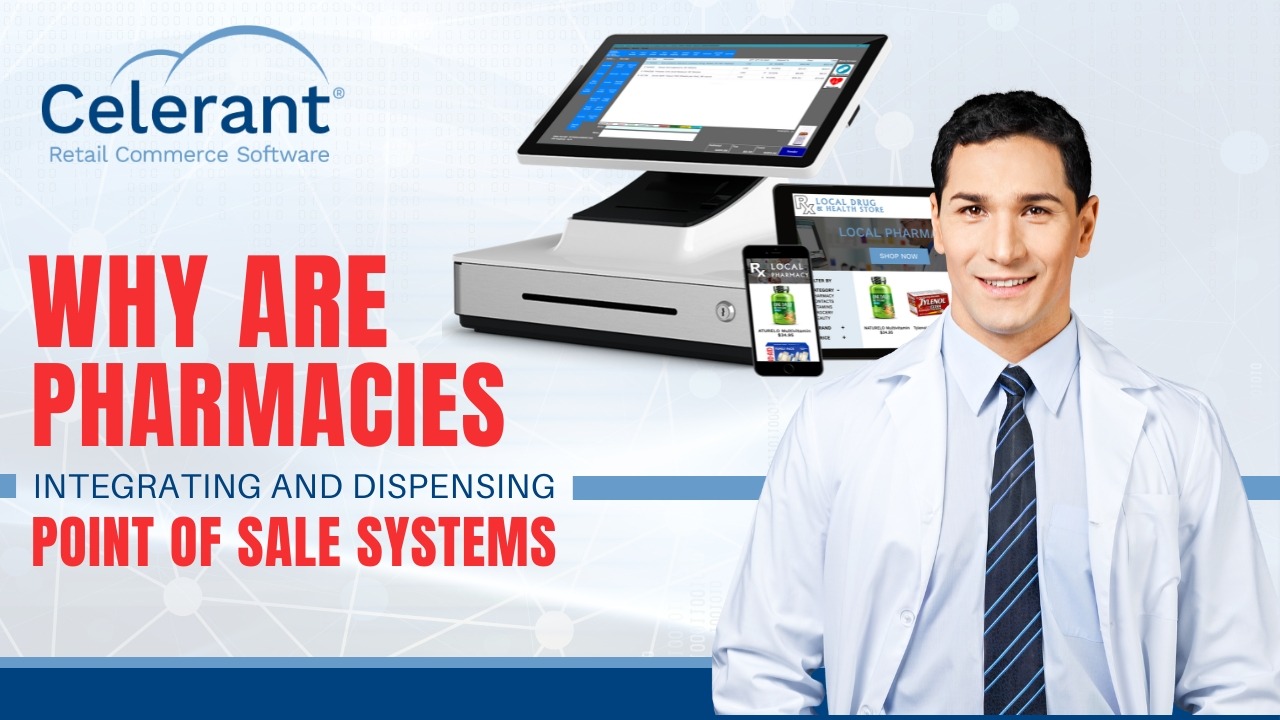Blog
Why are Pharmacies Integrating Dispensing and Point of Sale Systems
May 1, 2021 / 4 minute read / By Michele Salerno

Blog

Pharmacies have always been an integral part of the community, and this pandemic has proven just how much communities actually rely on their local drug stores. But that alone doesn’t guarantee success.
In this blog, we will discus why pharmacies want their dispensing system integrated with their pharmacy point of sale, and how the integration helps better serve their local community.
Pharmacies are doing their best to keep up with increased customer demand, on top of COVID-related services and CDC guidelines. But customers aren’t concerned with all that; they just want their prescriptions fulfilled without delay. Some drug stores have fallen behind and loosing customers to local competitors and online prescription services.
So how can a pharmacy keep customers happy? In addition to drive-thru, curbside pickup, mobile processing, home delivery, free services (or products), more and more pharmacies are integrating their dispensing and point of sale systems. With an integrated system, the pharmacist can scan a barcode to communicate the status of the prescription to the point of sale, allowing the clerk to access all the information they need to service customers in a single place- including the prescription, insurance, copay, customer name, etc. Not only does this speed up the checkout process, it increases accuracy and allows pharmacists and clerks to dedicate more time for customer service.
Inventory is just as important as customer service, if not more. It’s the key to a truly successful pharmacy; this pandemic has proven that. With fluctuating demand, new drug policies, generics vs brand, unclaimed prescriptions, returns and shrinkage- no wonder why so many drug stores overstock and understock certain items.
So how can a pharmacy improve inventory? The most efficient and easiest way to control inventory is by leveraging a point of sale that includes inventory management and integration to your dispending system. That way, you can track prescriptions, OTC items, and retail merchandise- all in a single place. By knowing your current on hand quantities, and average sales per season, you can better forecast how much you need to order at any given time. Some point of sale systems even allow you to setup min-max levels so you can automatically reorder high-turnover items from suppliers without overstocking or understocking those items.
Many pharmacies, including local drug stores and large chains, rely fairly heavily on various systems to run their entire business. As one of the highly-regulated industries, pharmacies are required to comply with government regulations and complete audits; having data stored in multiple systems only makes the process harder.
So how can a pharmacy simplify compliance? Leveraging an integrated system allows you to manage various aspects of your business in a centralized place. You can track prescriptions, controlled substances, who’s dispensing them, who’s delivering, who’s picking them up, and more- all in a single place. This enables you to maintain organized records, making it easier to comply and provide the necessary data for your auditor. Having an integrated system also helps you run your pharmacy more efficiently, and be more profitable.